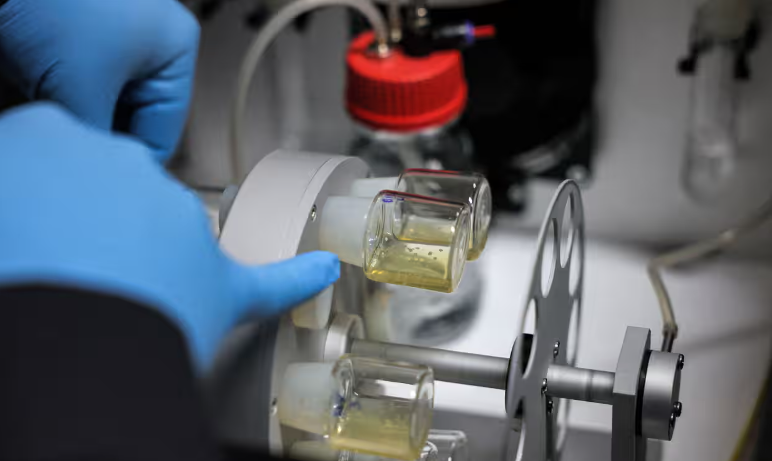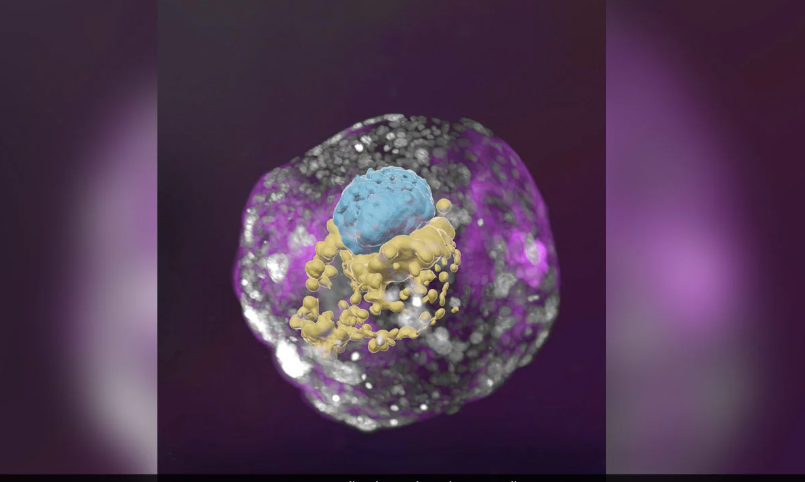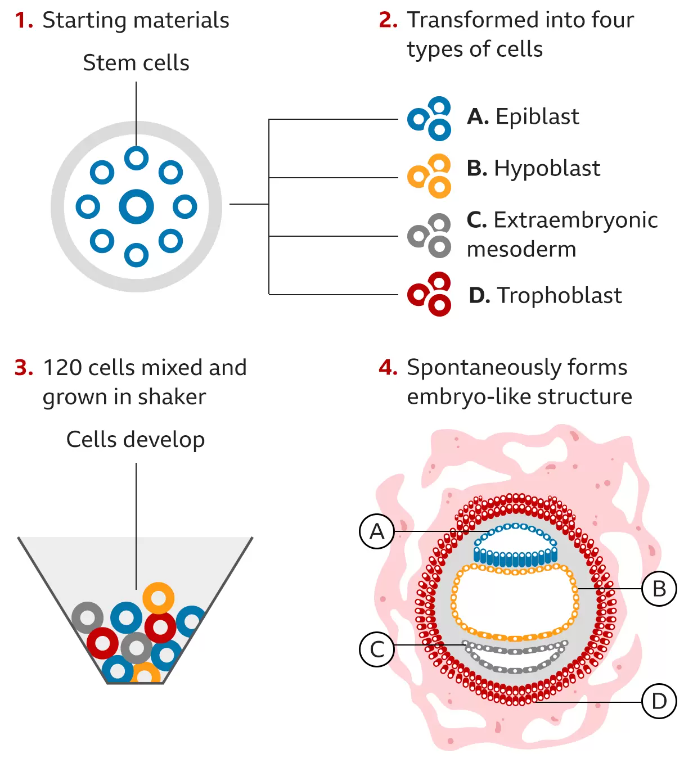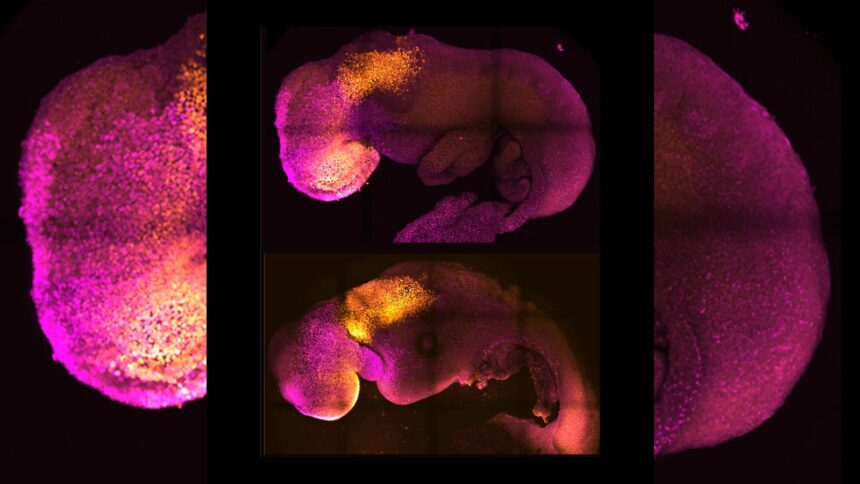A group of scientists at the Weizmann Institute has achieved a notable breakthrough by producing an “embryo model” closely resembling a 14-day-old human embryo, all without the utilization of sperm, eggs, or a womb.
The drama is in the first month, the remaining eight months of pregnancy are mainly lots of growth. But that first month is still largely a black box. Our stem cell-derived human embryo model offers an ethical and accessible way of peering into this box. It closely mimics the development of a real human embryo, particularly the emergence of its exquisitely fine architecture.”
” Jacob Hanna, Professor at Weizmann Institute of Science, Israel

These scientists disclosed that the embryo models were generated from stem cells cultivated within a laboratory setting. Notably, these models also secreted hormones, leading to a positive result on a pregnancy test. This research represents a noteworthy advancement in the realm of embryo modelling, providing an ethical avenue for gaining insights into the initial stages of human life.
The group of scientists affirmed that these artificial embryo models possessed all the structures and components typically found at this stage, encompassing the placenta, yolk sac, chorionic sac, and various external tissues essential for ensuring the dynamic and proper development of these models.

The science behind it
This research has been published in the journal Nature. The researchers utilized naive stem cells, which were intentionally programmed to acquire the potential to develop into various types of tissues within the human body, instead of relying on a sperm and egg for their starting material.
In the earliest stages of human embryos, four distinct cell types were identified:
- Epiblast cells, which ultimately give rise to the embryo proper or fetus.
- Trophoblast cells are responsible for forming the placenta.
- Hypoblast cells, which go on to become the supportive yolk sac.
- Extraembryonic mesoderm cells.
The scientists meticulously combined a total of 120 of these cells in an exact ratio and patiently awaited the results. Approximately 1 percent of these cells autonomously organized into a structure, although it did not closely resemble a human embryo.
Scientists have a belief that these synthetic embryos carry the potential to offer insights into multiple facets of early development. Furthermore, they could play a role in enhancing the success rates of in vitro fertilization (IVF) and assessing the safety of medications during pregnancy.

Legal and moral issues
The study also raises a significant question: whether it’s possible to replicate embryo development beyond the 14-day stage. Importantly, this would not violate any laws, even in the UK, as embryo models are legally distinct from actual embryos.
This development is likely to have mixed reactions, as Professor Lovell-Badge points out. While some may welcome it, others may have reservations. The closer these models resemble real embryos, the more ethical considerations they bring to the forefront. They are not conventional human embryos; they are embryo models, but they closely mimic them. This raises the question of whether they should be subject to the same regulatory standards as real human embryos or if a more lenient approach is acceptable.
However, it’s crucial to emphasize that the researchers stress the ethical, legal, and practical limitations. It would be unethical, illegal, and physically impossible to attempt pregnancy with these embryo models. The assembly of 120 cells goes beyond the point at which an embryo could successfully implant into the uterine lining.








